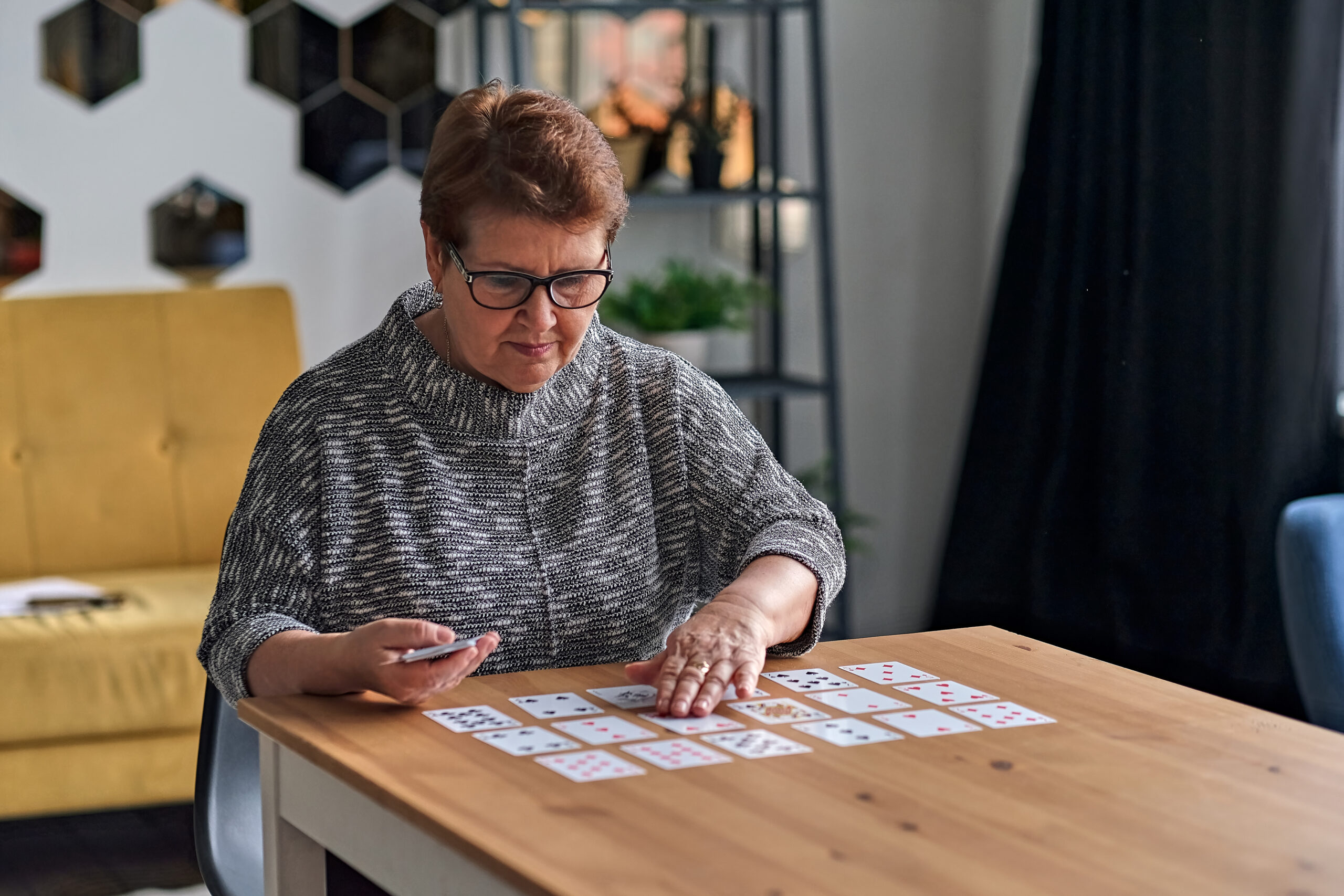Strategies for Promoting Relaxation Through Breathing Techniques
Breathing techniques are powerful tools for promoting relaxation and reducing stress. By incorporating these simple methods into your daily routine, you can significantly improve your mental and physical well-being. Here are some effective breathing strategies to help you unwind:
## Breathing Techniques for Relaxation
1. **4-7-8 Breathing Technique**: This technique involves inhaling through your nose for four counts, holding your breath for seven counts, and exhaling through your mouth for eight counts. It is particularly effective at lowering your heart rate and promoting relaxation, making it ideal for winding down at night or after a stressful event[1][3].
2. **Bee Breath (Bhramari)**: Sit comfortably, close your eyes, inhale deeply through your nose, and on the exhale, make a gentle humming or buzzing sound. This technique helps soothe the nerves in your face and forehead, reducing mental clutter and promoting tranquility[1][3].
3. **One-Minute Hands-On-Heart**: Place one or both hands over your heart, inhale for four counts, pause briefly, and exhale slowly for five to six counts. This technique combines touch and slow breathing to boost feelings of safety and relaxation, particularly useful if you’re feeling emotionally overwhelmed[1].
4. **Physiological Sigh**: Take two quick inhales through your nose in a row, filling your lungs as much as possible with each breath. Then exhale slowly through your mouth in one long breath. This technique rapidly reduces stress by regulating carbon dioxide levels in your bloodstream and easing your body into a calmer state[1][2].
5. **Box Breathing**: Also known as square breathing, this technique involves inhaling for four counts, holding your breath for four counts, exhaling for four counts, and holding your breath again for four counts. It helps calm and regulate your autonomic nervous system, reducing stress and improving mood[5].
6. **Deep Breathing Outside**: Stand or sit with your elbows back to expand your chest, take a deep breath in through your nose, hold for five counts, and exhale slowly through your nose. This technique helps you breathe in more fresh air and feel more at ease[3].
## Tips for Maximizing the Effect of Breathing Exercises
– **Practice Often**: Consistency is key. Aim to practice at least one technique daily, ideally at morning, lunchtime, and bedtime[1].
– **Create a Calming Environment**: Find a quiet spot or use noise-cancelling headphones to enhance your focus[1].
– **Combine with Other Tools**: Pair your breathing session with a short stretch, journaling, or guided relaxation on a mindfulness app[1].
– **Track Your Mood**: Notice how you feel before and after each exercise to identify patterns and improvements over time[1].





